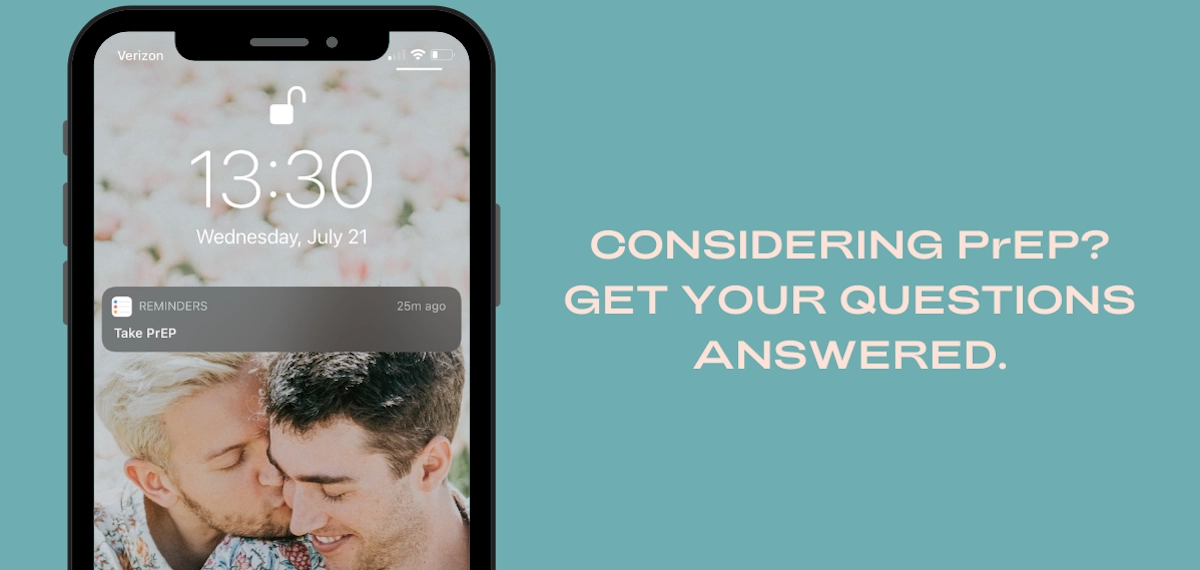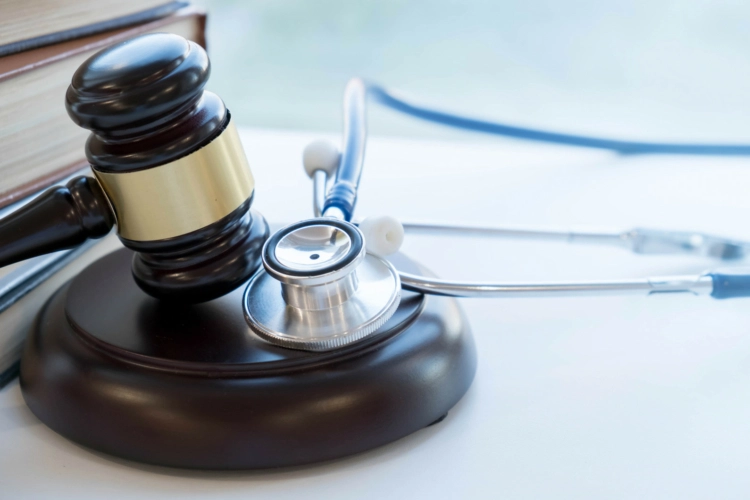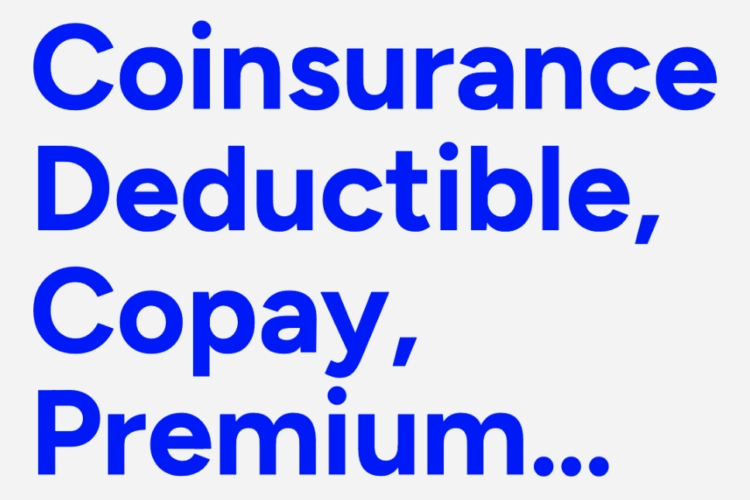Taking PrEP (pre-exposure prophylaxis) can be an important aspect of wellness for queer and trans people. Simply put, PrEP is an HIV prevention pill, and as of July 2021, almost all insurance plans and state Medicaid programs must cover the cost of PrEP as well as the required clinic visits and lab tests, with no cost sharing—this means the entire experience of maintaining a prescription to PrEP should now be totally free for almost all insured individuals.
At Included Health, we’re delighted to see the progress made in this important aspect of HIV-prevention and care. And we’re here to support our members as this change is made by insurance plans: we can help find providers or clinics to help prescribe you PrEP, schedule appointments, and navigate through the insurance billing process so that you get the healthcare you deserve.
Read on below to learn more of the history and facts you should know about starting PrEP.
PrEP Frequently Asked Questions
What is PrEP?
PrEP (pre-exposure prophylaxis) is prescribed to people of all genders, transgender experiences, races, ethnicities, and ages who are at high risk of contracting HIV (human immunodeficiency virus.) HIV hinders one’s body to fight infection, and if left untreated, it can lead to AIDS (acquired immunodeficiency syndrome), the late stage of HIV. While HIV does not only affect the LGBTQ+ community, it has and continues to affect queer and trans people disproportionately.
Why does HIV/AIDS disproportionately affect LGBTQ+ people?
While many believe that HIV/AIDS surfaced in 1981 with cisgender gay men who lived in urban American cities like New York City and San Francisco, research has shown otherwise. In actuality, the virus first appeared in what is now the Democratic Republic Congo during the 1920s, and most likely arrived in the US in the 1960s. Because it can take anywhere from five to 10 years for HIV to develop into AIDS, scientists believe HIV began spreading here in the early 1970s—nearly a decade before the HIV/AIDS pandemic began and people started dying from AIDS-related illnesses.
The virus killed more than 120 gay men by 1981, and scientists labeled the disease “GRID” (Gay-Related Immune Deficiency). The name inherently stigmatized the gay community, wrongly putting the responsibility on individuals. Scientists later renamed the virus AIDS after finding that it was affecting a larger population of people, including hemophiliacs and children of intravenous drug users (IDUs) who were also exhibiting associated symptoms.
A number of factors led to HIV/AIDS spreading within the LGBTQ+ community: unprotected sex, anonymous sex, the sharing of needles and syringes for drug use. Most importantly however, systemic anti-LGBTQ+ discrimination caused and excaserbated conditions including homelessness, unemployment, and lack of health insurance. In the end, the government and healthcare systems failing to focus on and provide necessary education and resources for the LGBTQ+ community and our health, coupled with lack of prevention, enabled HIV/AIDS to disproportionately spread in the LGBTQ+ community.
HIV still affects members of our community today because of those initial systemic failings. Trans people are diagnosed with HIV at a higher rate than the general population, with trans women being 49 times more likely to be living with HIV than trans men (0-3%), according to the CDC. Scientists have also found that cisgender women are at a higher risk of HIV than cisgender men and account for 23% of the 1.1 million people living with HIV in the US, with Black and Latinx women having a higher incidence rate of contracting the virus than white women. HIV can affect anyone, regardless of their sexual orientation, gender, transgender experience, race, ethnicity, or age. The good news is that PrEP is one of the most effective methods LGBTQ+ can take to prevent contracting HIV.
How does PrEP prevent HIV?
PrEP is an oral medication that combines two antiretroviral medicines, tenofovir and emtricitabine, and lowers the chances of the HIV virus from replicating in your body and spreading. PrEP is prescribed as a preventative strategy, meaning people take the anti-HIV drug to lower their chances of contracting when they encounter it through sex or drug use.
Who should take PrEP?
PrEP is prescribed to HIV-negative adults and adolescents who have anal and/or vaginal sex and are at a higher risk of contracting HIV. PrEP is also prescribed to people who share syringes and needles for drug use with someone who is living with HIV. However, is not just for cisgender gay men and intravenous drug users. HIV can affect anyone, regardless of their sexual orientation, gender, transgender experience, race, ethnicity, or age.
PrEP may benefit you if you:
- Do not consistently use condoms
- Engage in sex with multiple or anonymous partners
- Have a sexual partner living with HIV
- Been recently diagnosed with an STD
- Have repeatedly taken PEP (post-exposure prophylaxis) or on-demand PrEP
- Are considering pregnancy and have a partner living with HIV
How often do you take PrEP?
Daily PrEP is a single pill taken once a day, every day. Once you start taking PrEP, you have to have lab tests every three months to make sure you have not contracted HIV and assess kidney function.
What if I miss a dose?
Missing a dose may lower your level of protection against the virus, so it is important that you take PrEP as prescribed by your healthcare provider.
How long does it take for PrEP to start working?
The timeline for daily PrEP’s effectiveness varies from person to person. For people who have receptive anal sex (bottoming), it takes at least a week for the drug to offer its maximum protection against HIV. For receptive partners in vaginal intercourse and injection drug users, it is estimated to be about 21 days. PrEP is 99% effective in preventing the transmission of HIV through sex when taken as prescribed. When it comes to drug use, PrEP has shown to reduce the chances of contracting the virus by 70%.
If I start taking PrEP, do I still have to use condoms?
PrEP only reduces the risk of contracting HIV—not other STIs. While some people choose not to use condoms for a variety of reasons, a combination of condoms and PrEP is one of the most effective ways of reducing your chances of getting HIV. There are other, effective methods to reduce your chances that do involve PrEP or condoms.
If I choose to take PrEP, do I have to take it for the rest of my life?
No, PrEP does not have to be a life-long drug. Your reasons for taking PrEP or your exposure to HIV may change over time. It’s safe to start and stop taking PrEP with the proper medical guidance.
You may choose to stop taking PrEP if you:
- Only engage in low-risk behavior (oral sex, kissing) or are not currently having sex
- Are in a monogamous relationship
- Experience side effects (nausea, headaches, vomiting) associated with PrEP
- Use other STI preventative measures (condoms, PEP)
- Decide to no longer inject drugs or share drug paraphernalia like syringes needles
How do I start taking PrEP?
PrEP requires a prescription from your healthcare provider. You must complete an HIV blood test to confirm your negative status before you receive PrEP. Your provider will also ask you to take a risk assessment for HIV, kidney function testing, pregnancy testing.
What kinds of PrEP can I take?
Truvada and Descovy are the only two brand-name PrEP medications approved for PrEP use by the FDA and CDC. A generic equivalent to Truvada has also been approved for use in the US. Truvada can be prescribed for adults and adolescents over 77 pounds, and Descovy can be prescribed to adults and adolescents over 77 pounds excluding those who have receptive vaginal sex because it has not yet been studied for this use.
Where can I get a prescription for PrEP?
Included Health members can find providers who are able to prescribe PrEP through our dedicated care concierge. We match you with one of our 4000+ vetted providers in your area who is knowledgeable in LGBTQ+-affirming care.
For anyone interested in PrEP, there’s a handful of resources, like PrEP Locator and Greater Than Aids, that can help you find a PrEP provider near you. Your local health department and your doctor’s office may be able to write you a prescription.
Once you have your prescription, it’s important to know that PrEP may only be available at certain pharmacies. Be sure to verify pharmacy information with your provider during your appointment!
I’m afraid to ask my healthcare provider about going on PrEP. What should I do?
If you’re concerned about having conversations about PrEP, it’s best to plan ahead to make those conversations successful. First, make sure your provider is knowledgeable about PrEP and is comfortable with prescribing it. Calling your provider in advance is a great way to make sure this is a service they can provide. (For Included Health Members, your dedicated Care Coordinator can vet your provider and ensure they’re able to provide the care you need!)
Once you’re at your appointment, be prepared to share that you’d like to start PrEP. You can also say that you’re looking to take preventative medication to avoid contracting HIV, or refer to PrEP’s brand names (Truvada or Descovy) to introduce the topic of PrEP. Your provider will likely ask some questions about your sexual activity and drug use, which is part of their process to determine how you will benefit from being on PrEP. This is also a great opportunity to ask questions you have about PrEP.
Last, if your provider is not comfortable prescribing PrEP and providing the necessary related care (like ordering quarterly labs), there are specialty clinics that can provide it. You should never be discriminated against or shamed for taking care of your sexual health, and there are providers who will prescribe you preventative medication, it’s just a matter of finding them!
How do I pay for PrEP?
Almost all insurance plans and state Medicaid programs cover the cost of PrEP as well as the required clinic visits and lab tests, with no cost sharing—this means the entire experience of maintaining a prescription to PrEP should now be totally free for almost all insured individuals. Anyone on insurance who is interested in PrEP should be aware of this change (effective July 2021). Included Health Members can reach out to your dedicated care coordinator to help navigate claims and billing with your insurance if you receive surprise bills associated with PrEP.
For those not on insurance, there are also PrEP assistance programs in most states dedicated to providing financial assistance with prescriptions. Ready, Set, PrEP works with eligible clients to get them PrEP for free, while a list of states have PrEP Assistance Programs that can lower the costs associated with PrEP.
Learning about the precautions we can take to have safer sex, like taking PrEP, can lead to more sexually positive experiences and potentially save you and your sexual partner(s) from experiencing severe health consequences. At Included Health, we strive to connect every client with an LGBTQ+ healthcare provider that can meet their needs, including prescribing PrEP. Join our mailing list to receive more health and wellbeing updates from our care team. And please do not hesitate to contact us to #GetIncluded for your company, health plan, and community.
About the author
Editorial Team
Our Editorial Team is composed of our leaders, clinicians, and care coordinators, as well as other Included Health employees, all who are working to raise the standard of healthcare for everyone. Together, they combine decades of subject matter experience across all fields of healthcare.



